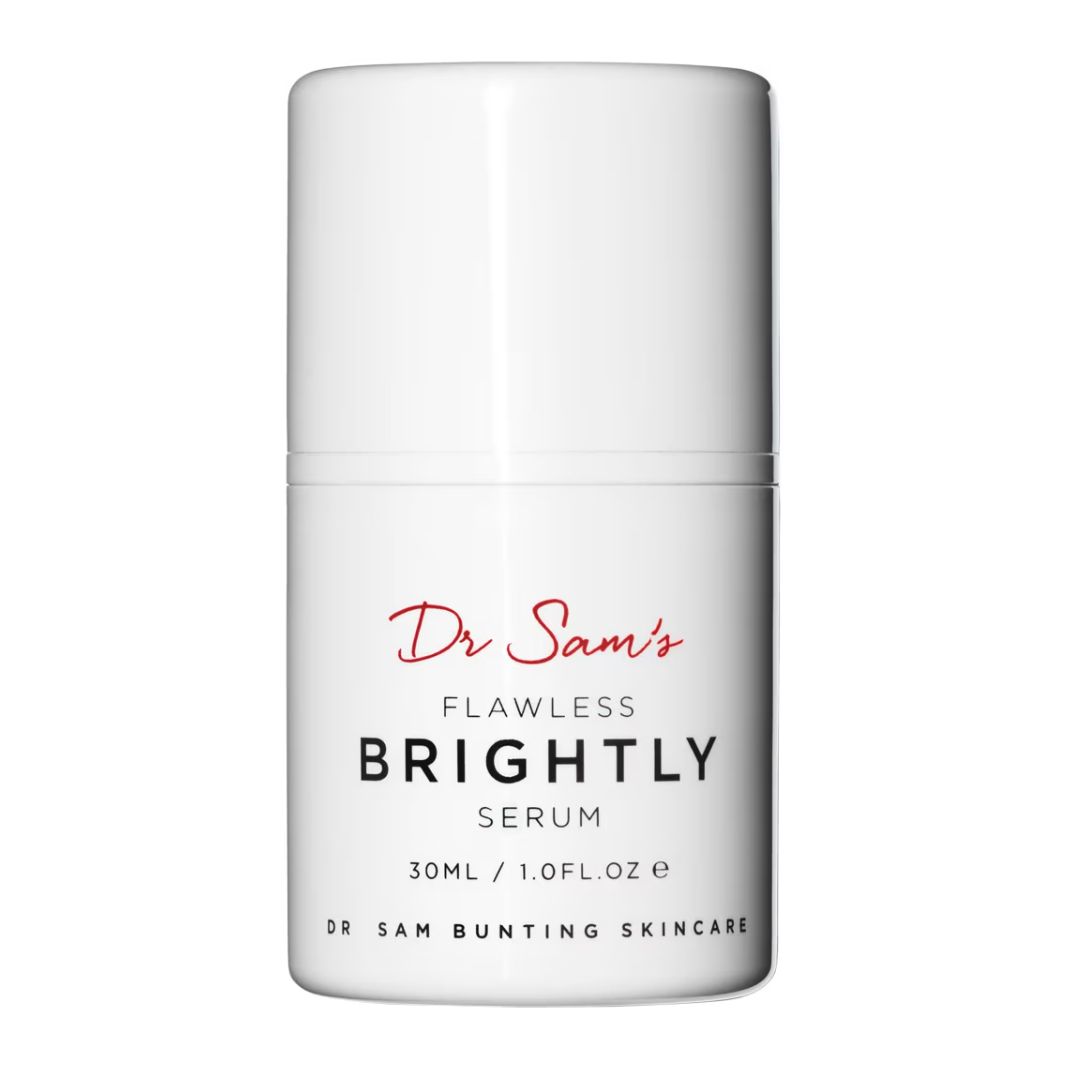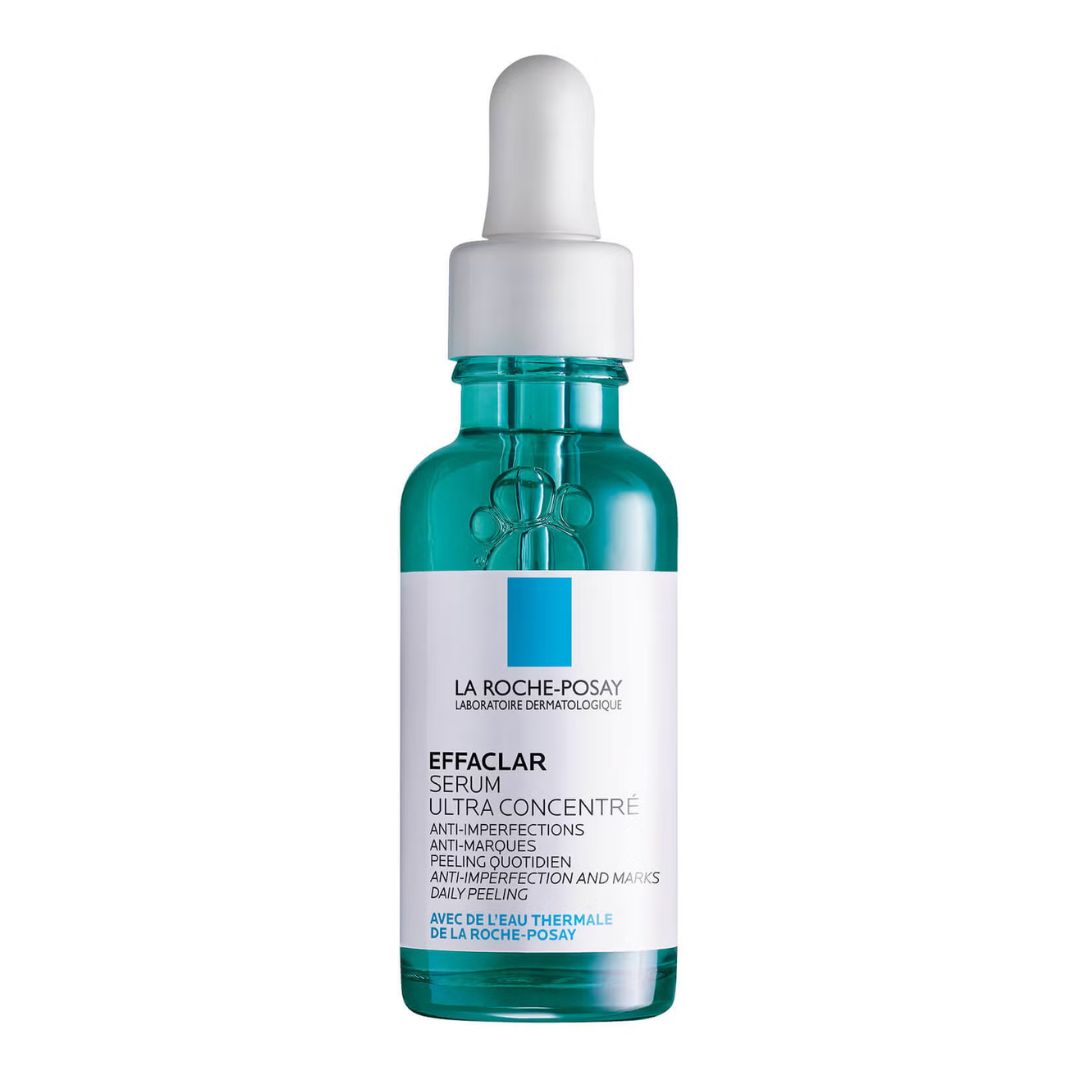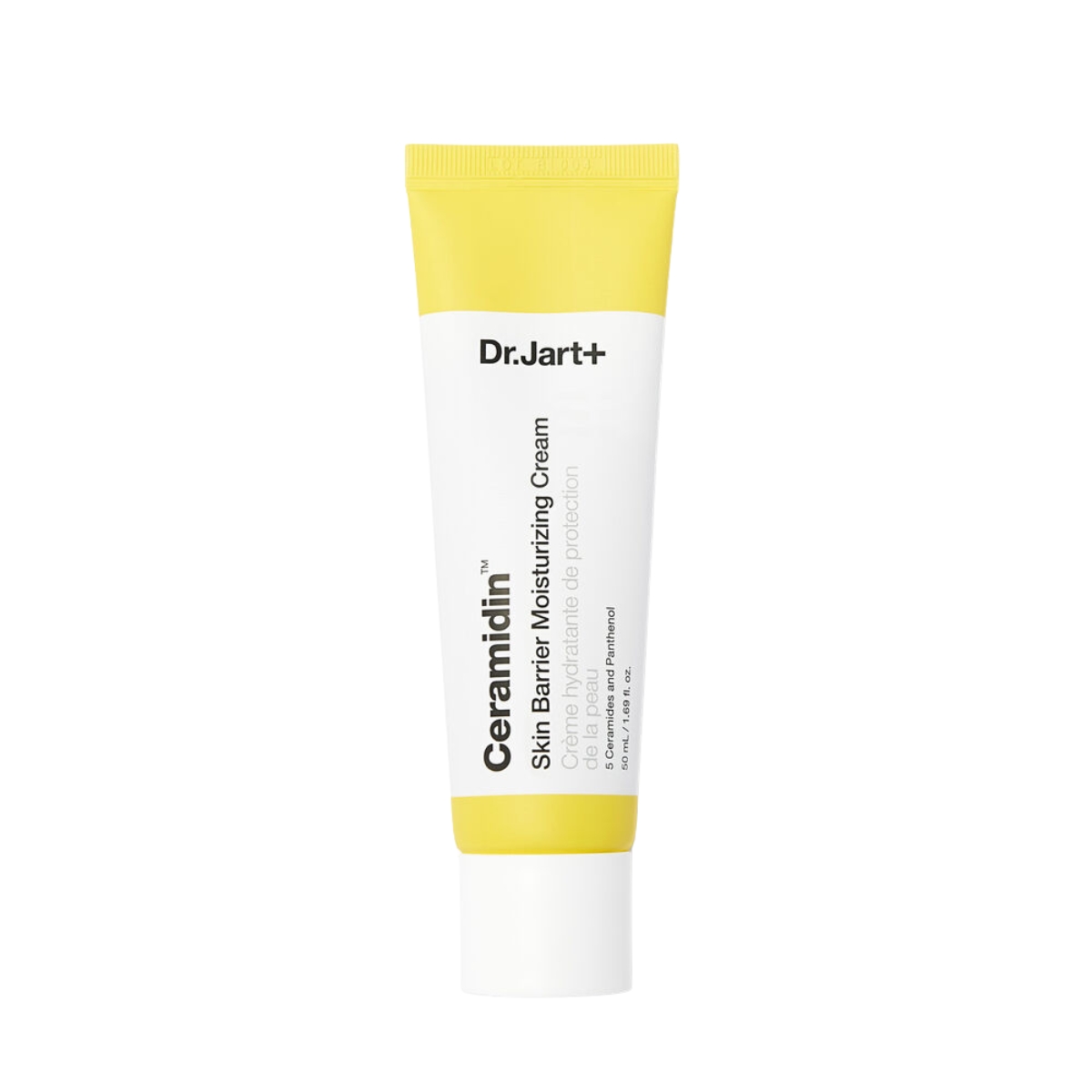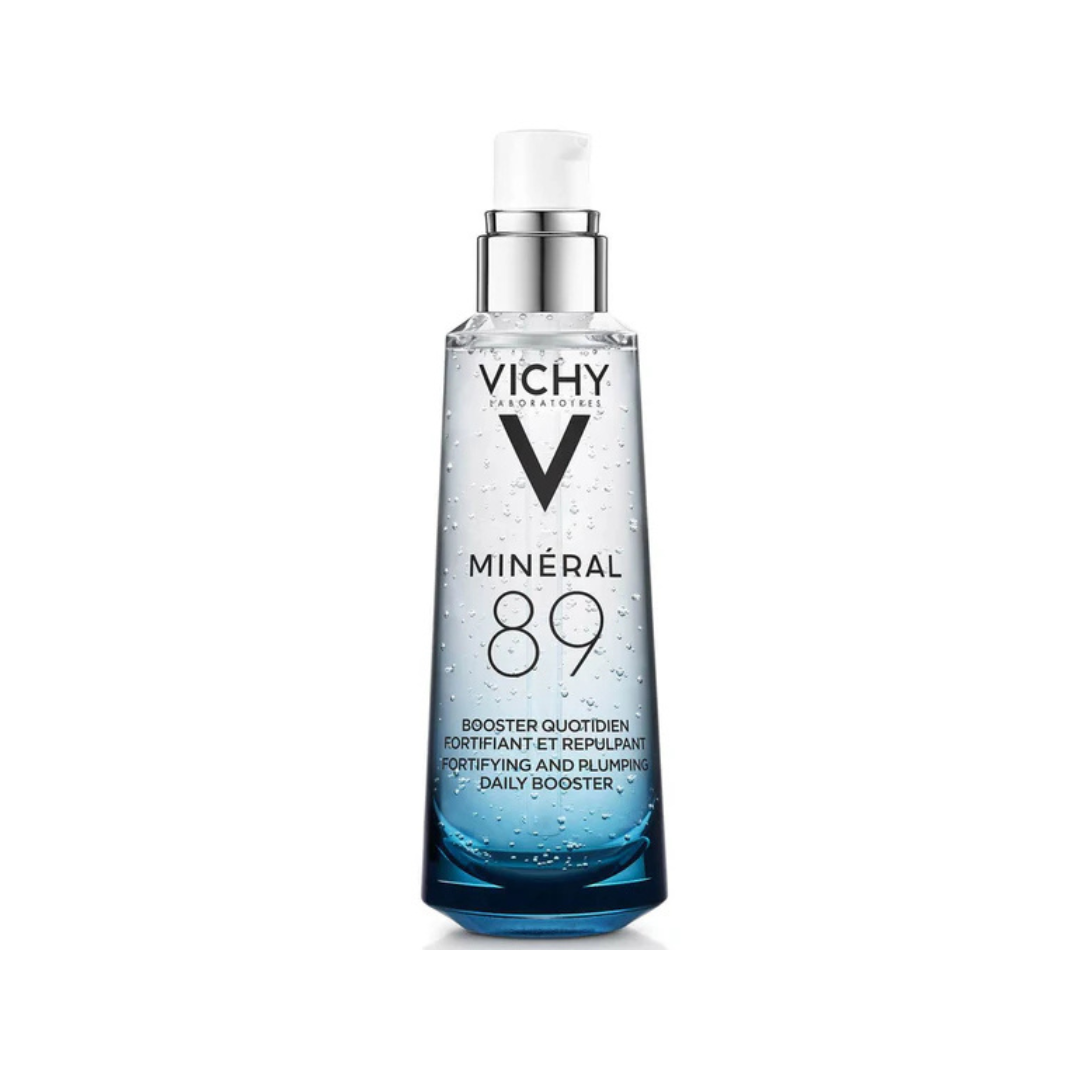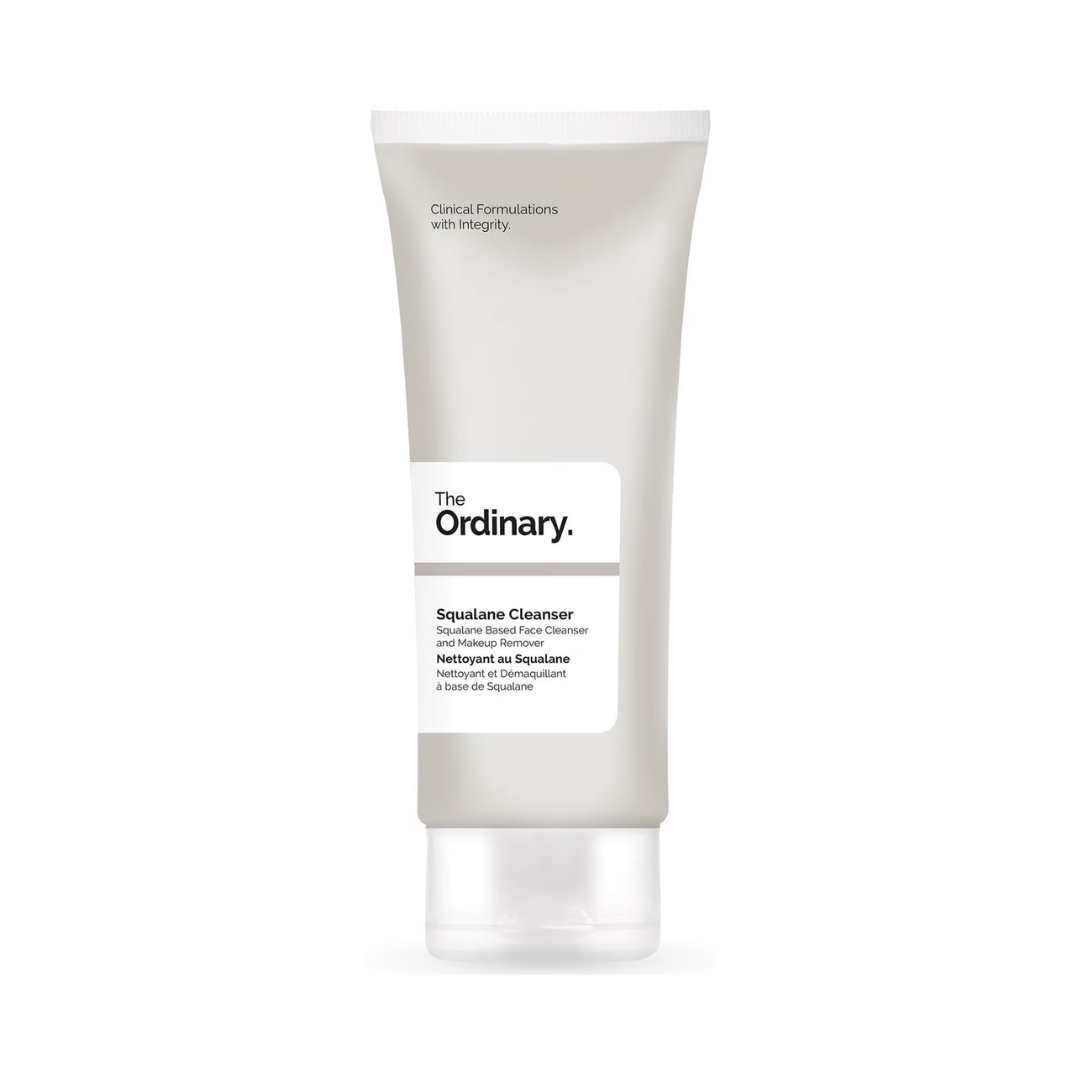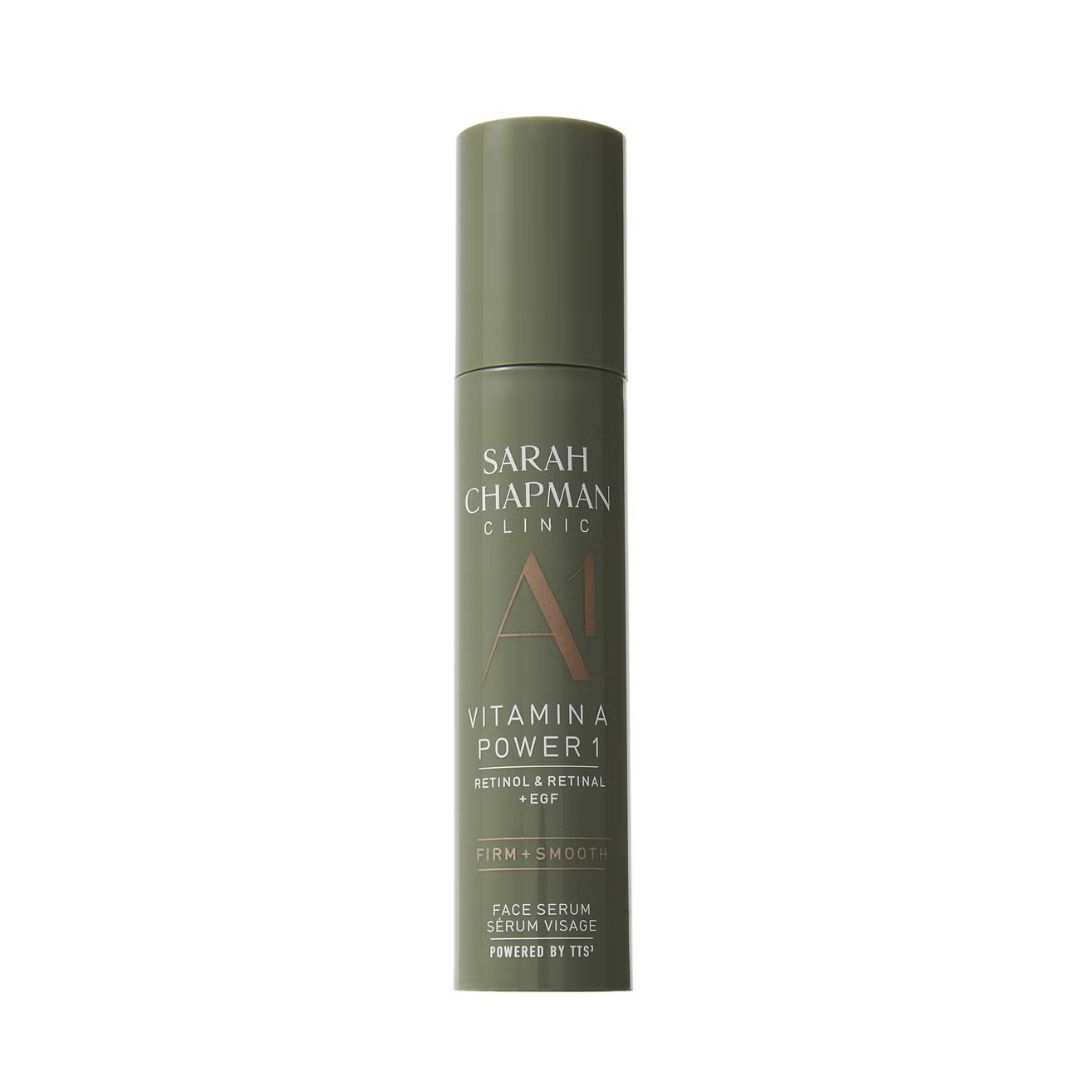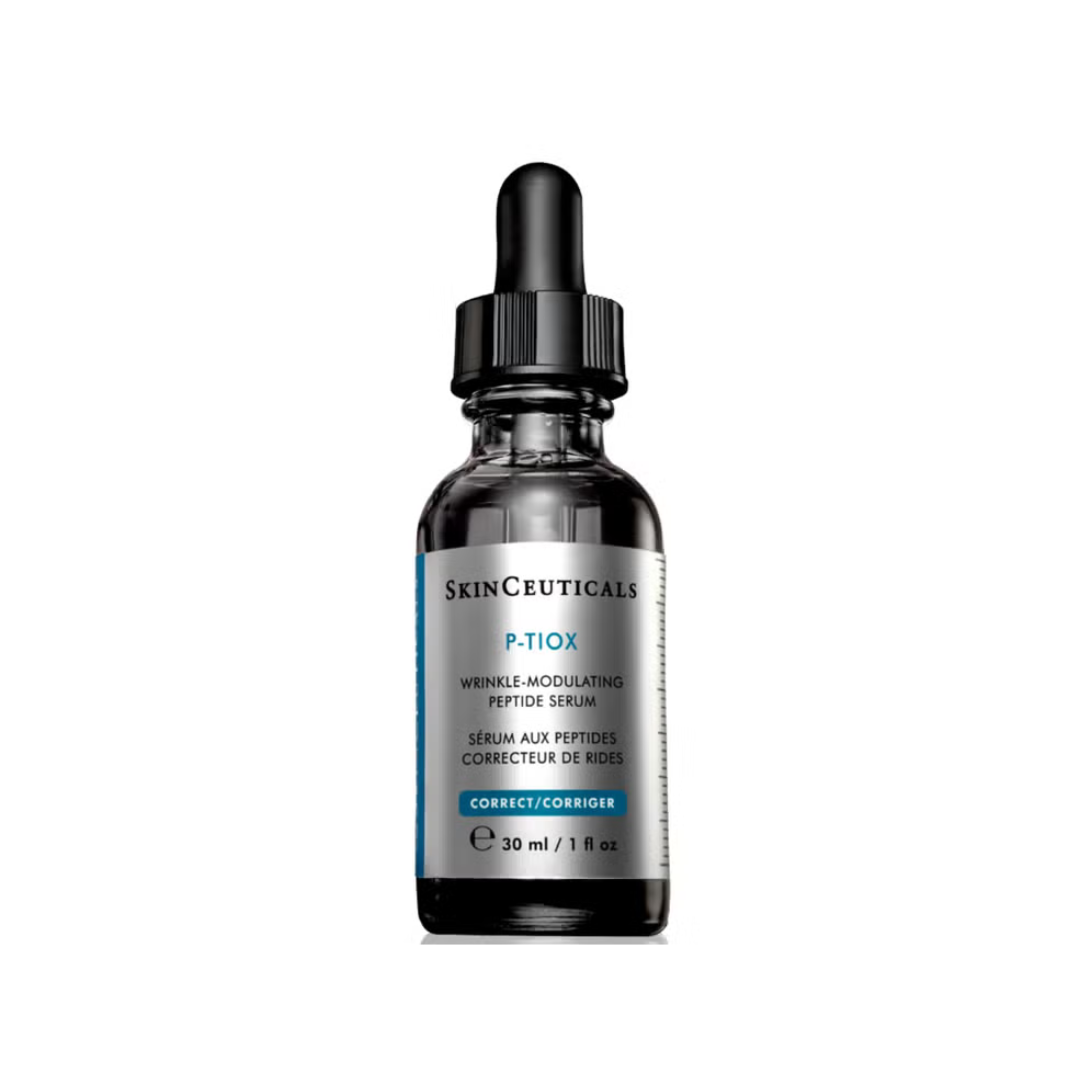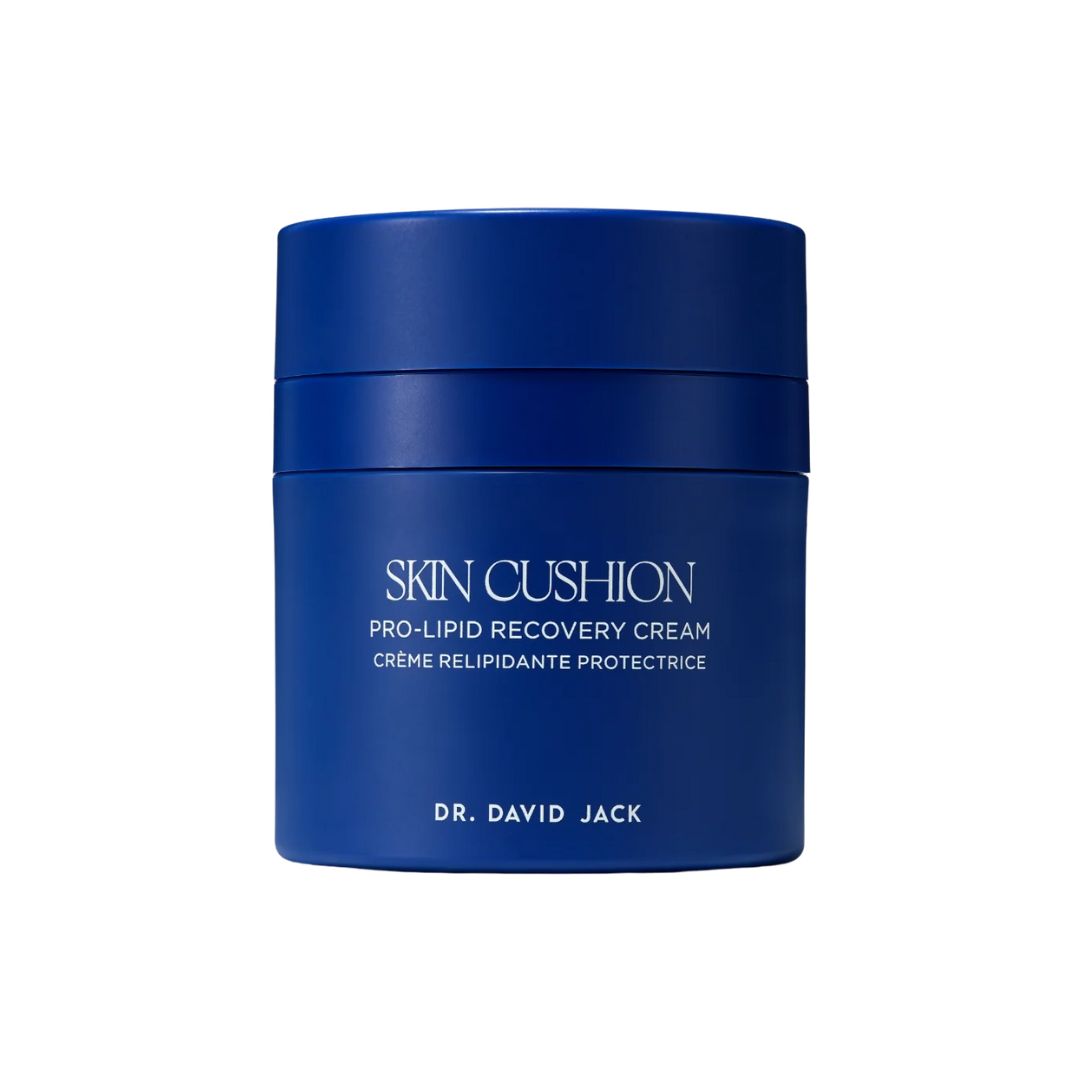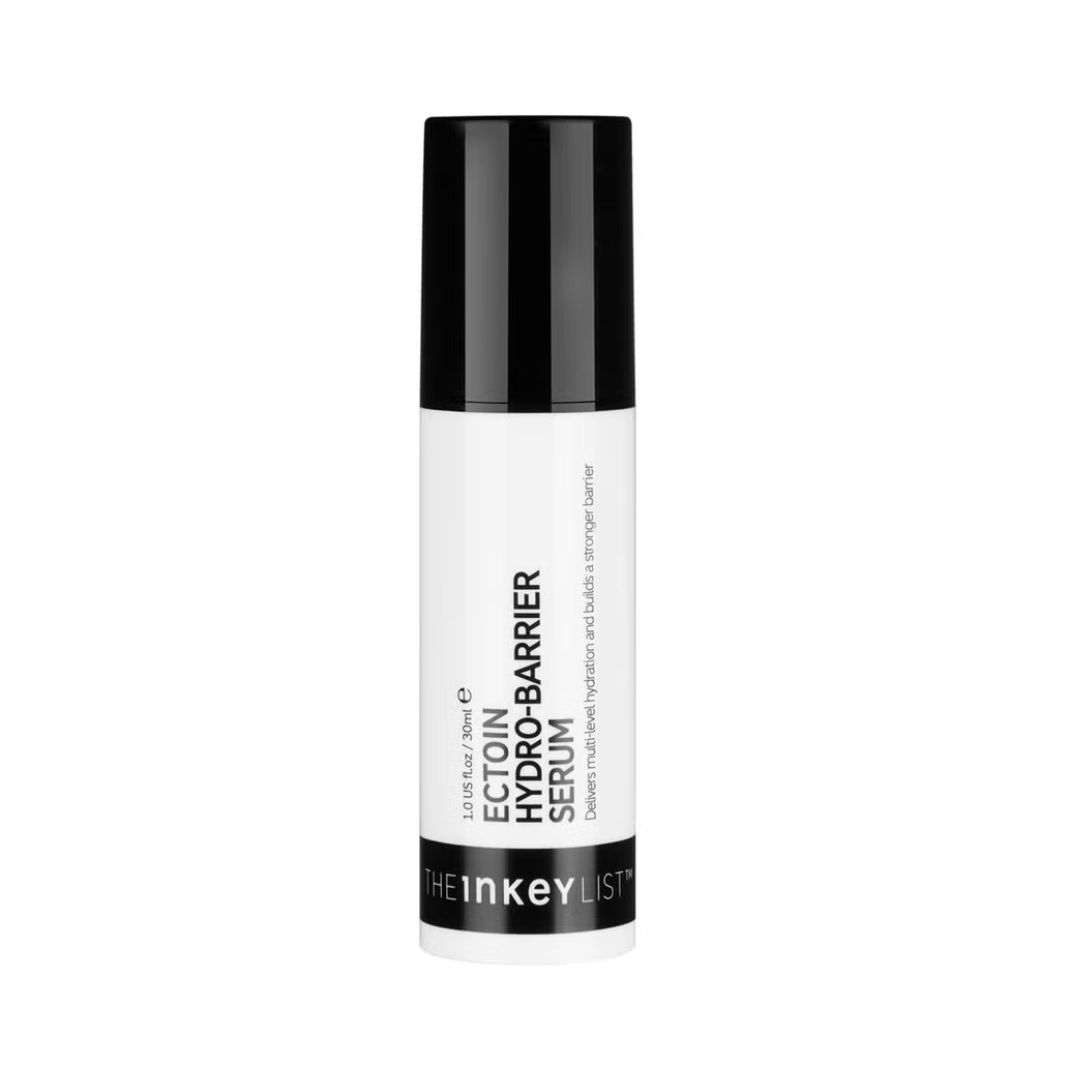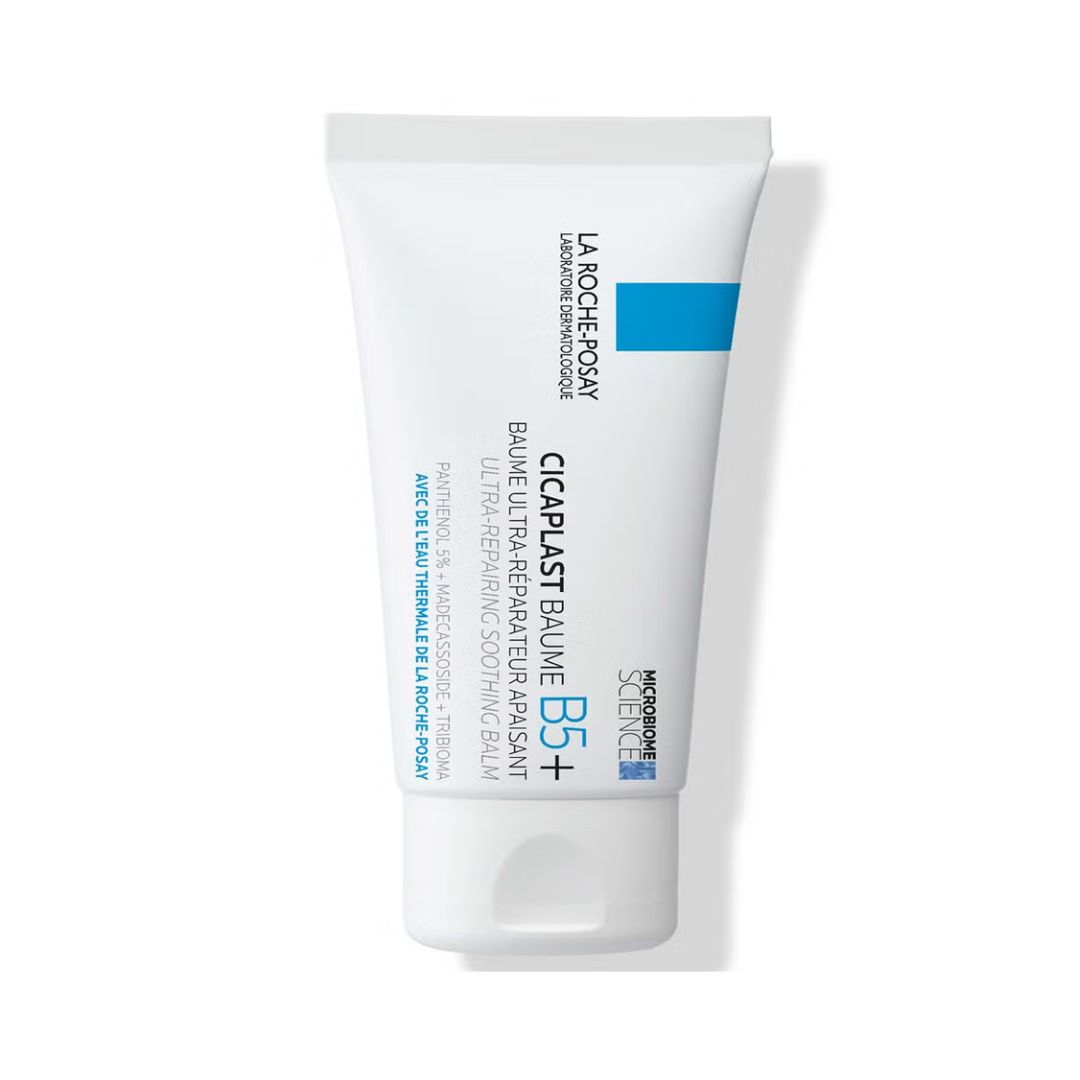Rough Skin And A Dull Complexion Could Be A Sign Of Uneven Skin Texture—Here Are The Causes And How To Treat It
Here's how to get back the glow

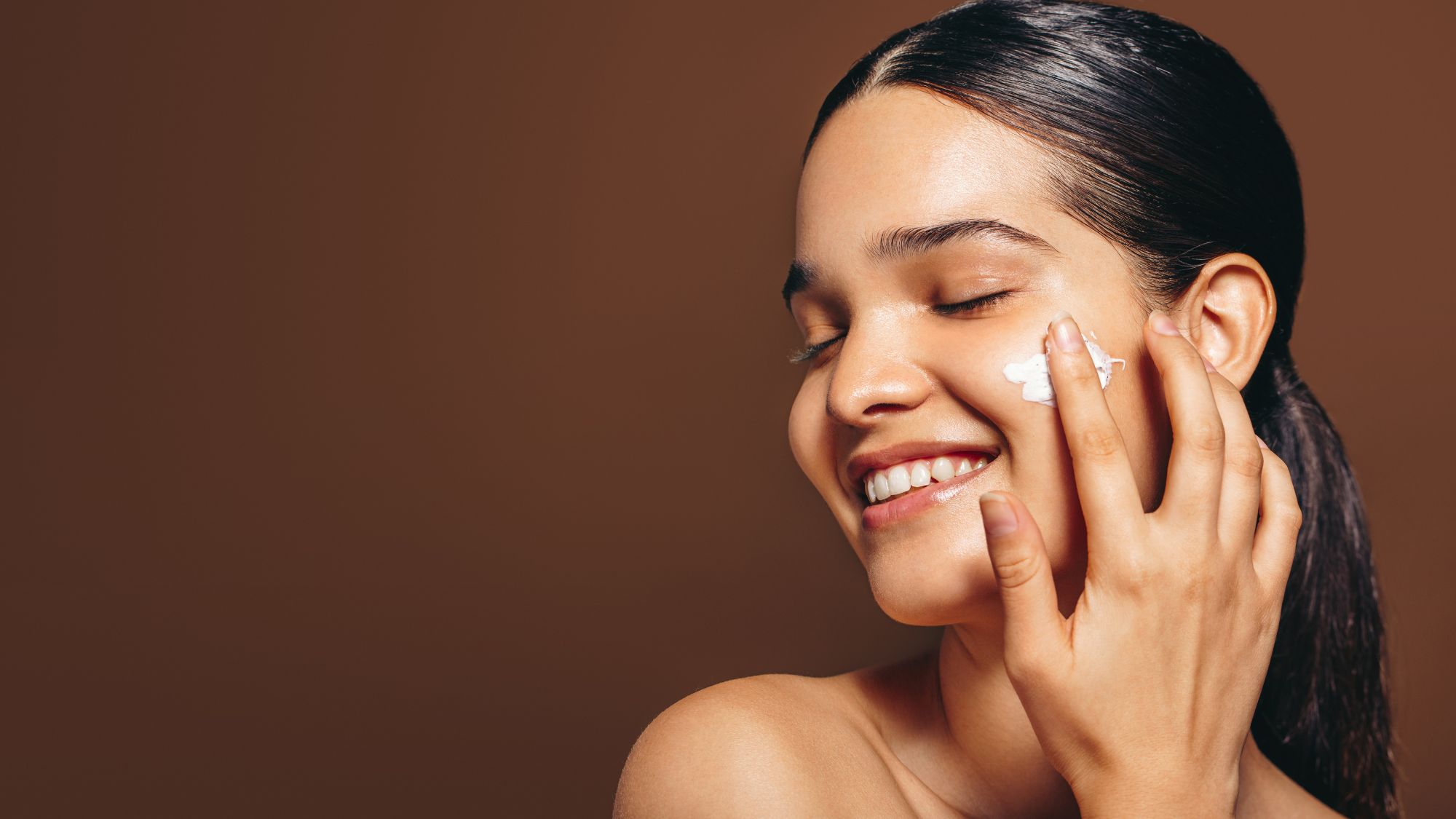
Ask anyone to describe their dream skin, and chances are that most will reply with words like 'smooth' and 'glowing'. There are many things that can stand in the way of a complexion like this, and one of the main culprits is uneven skin texture.
There are obvious tell-tale signs—dry patches, fine lines, roughness, bumps, blemishes, congestion and dullness—all contribute to skin that's coarse to the touch and lacks radiance.
But before you dig out your punchiest exfoliator in the hope that it will solve all of your problems, keep reading, because we spoke to some of the industry's best skin experts, and it turns out that the cause of the irregular texture is key to knowing exactly how best to treat it.
What causes uneven skin texture?
Uneven skin texture affects all of us. In fact, according to Dr David Jack, a world-renowned aesthetic doctor with clinics on Harley Street, Belgravia, The City and Edinburgh, it's "one of the most common concerns I see in clinic and it’s rarely caused by just one thing." Some of it is down to skin type, and sometimes it's naturally occurring. "Uneven skin texture can be caused by a myriad of things," adds Dr Beibei Du-Harpur, a dermatologist and scientific engagement lead at The Skin Diary. Dr Aliaa Ahmed, an aesthetic doctor and GP at Harley Street Dermal, agrees and goes on to add that "usually it’s a combination of things like inflammation, dryness, and slow renewal that leads to that bumpy or dull appearance."
It's also particularly common at this time of year, because we up our SPF usage, and we sweat and travel more. This "can cause a buildup of product and dirt in the skin," explains Anel Lamine, facialist and founder of Anel Lamine Skin Studio.
In short though, according to our skin experts, the main causes of uneven skin texture are the following:
- Congestion and blemishes
- Dry and/ or dehydrated skin
- Slower cell turnover as we age
- Barrier disruption
With that in mind, we look a little closer at how each of these issues presents itself as uneven skin texture on the skin.
Congestion and blemishes
If you have blemish or acne-prone skin, then you might experience uneven texture at all points of the blemish cycle—as it forms, when it's active and after.
In the early stages, clogged pores create little bumps in the skin known as microcomedones. Then "when pores become blocked or inflamed, they can leave behind bumps, scarring, or rough patches," explains Dr Ahmed. Advanced Aesthetic Nurse and Founder of ALTA Medispa, Anastasia Koles, says she sees lots of clients come into the clinic with "irregular surface" from post-acne scarring.
Dry or dehydrated skin
Those with dry skin lack natural oils, so skin can appear flaky, as well as tight and feel rough in areas. Whereas dehydrated skin lacks water, which causes the skin to look crepey and dull. There's a greater chance of fine lines appearing when skin lacks essential hydration.
Slower cell turnover as we age
"Ageing is one of the biggest contributors to textural changes," says Dr Jack. "Due to declining collagen and elastin." This means skin can start to sag slightly, feel dry, and wrinkles may appear more prominently. Another thing that happens when we get older is that our body's natural ability to exfoliate slows down, which means that our cell turnover decreases. This causes a buildup of dead skin cells on the skin's surface, which makes the complexion appear textured and dull.
Barrier disruption
Dermatologists and skin experts talk endlessly about the importance of a robust skin barrier and the role it plays in skin health. So when it's compromised, lots of issues can occur, including uneven skin texture. Things like "harsh skincare, over-exfoliation, environmental stressors can trigger inflammation, sensitivity, and unevenness," explains Dr Ahmed. Overuse of punchy ingredients is something that many of our experts were keen to highlight as one of the main contributing factors for a weakened barrier. "Often, people are unknowingly using too many actives or skipping hydration, which only makes things worse over time," says Koles.
How can you treat uneven skin texture?
There isn't a one-size-fits-all way of treating uneven skin texture; it's dependent on the cause.
If blemishes and congestion are the problem, then products containing salicylic acid (to exfoliate the pores), niacinamide (to calm redness and ease oil production), as well as low percentage retinoids (to speed up cell turnover) are your best bet. If you have any type of acne, then azelaic acid is an effective exfoliator that works to kill off the acne-causing bacteria and will calm redness and inflammation.
If you have dry skin, then nourishing products are the way forward. Look for products with "ceramides, squalane or shea butter to help soften and smooth," says Dr Ahmed. Dr Jack suggests the same because they mimic the skin's natural oils and reinforce its protective layer.
Dehydrated skin, as we mentioned, needs hydration, and the key ingredients for achieving that are hyaluronic acid and glycerin. Be sure to layer these with a good moisturiser as that will "lock in water and rebuild bounce", Dr Ahmed says.
If you're over 40 and have a build-up of dead skin cells, then exfoliation is the most effective way of improving abnormal skin texture. However, because of the decline of elastin and collagen, it's important to ensure that you are also using products that support skin renewal. Dr Ahmed always recommends "a mixture of retinoids, peptides and gentle AHAs, like lactic acid." Dr Jack suggests incorporating a vitamin C serum into your morning routine for collagen support.
When the skin barrier is compromised, then strong actives need to be put on the back burner for a short while until things settle. Healing is key here. "It's about stopping, reconciling and going back to basics," says Dr Jack. Look for centella asiatica, colloidal oatmeal, or barrier repair creams with ceramides and panthenol, says Dr Ahmed.
Celebrity news, beauty, fashion advice, and fascinating features, delivered straight to your inbox!
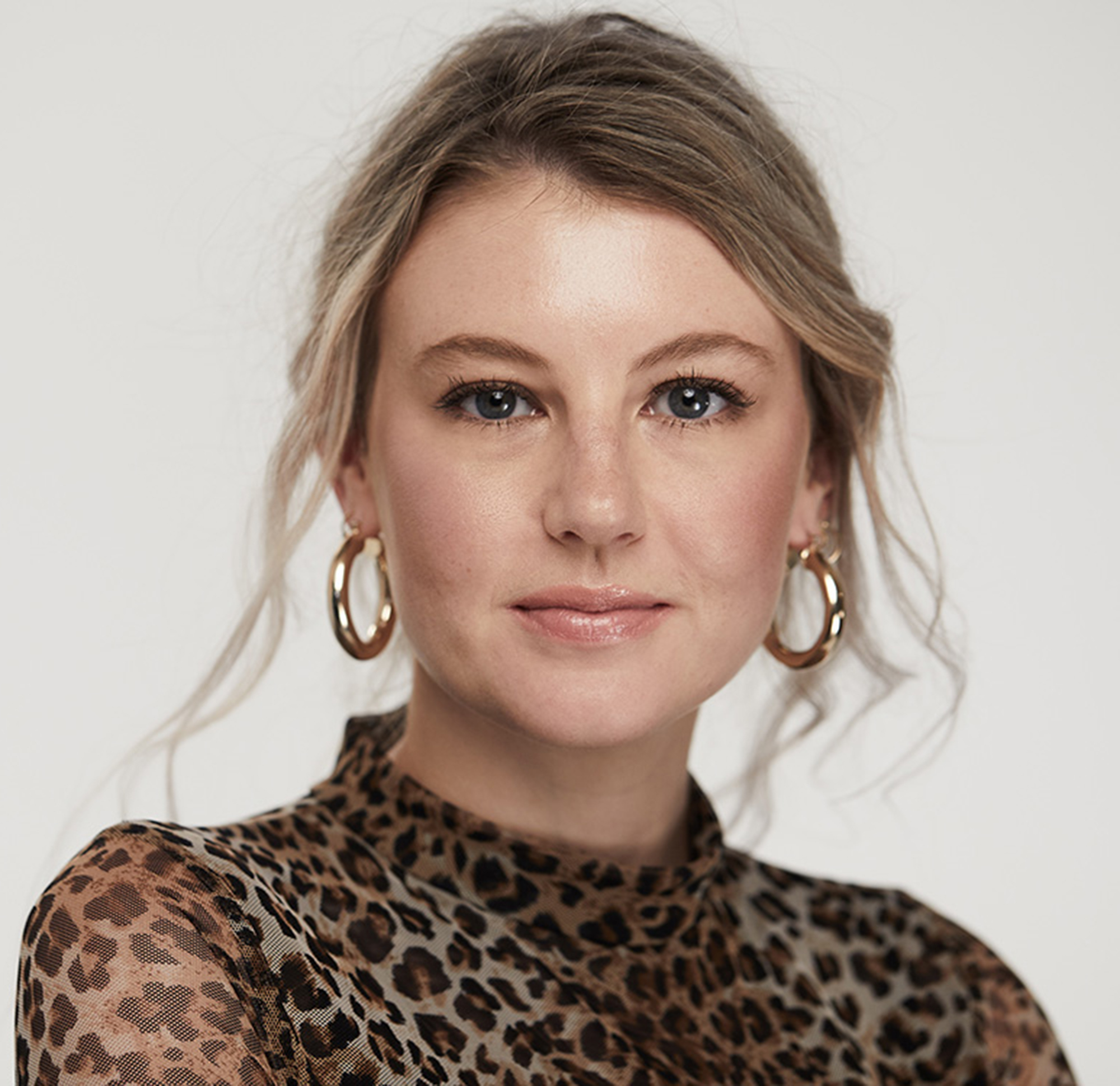
Katie Thomas is the Senior Beauty Editor at Marie Claire UK. With over 10 years of experience on women's luxury lifestyle titles, she covers everything from the best beauty looks from the red carpet and stand out trends from the catwalk, to colonic irrigation and to the best mascaras on the market.

